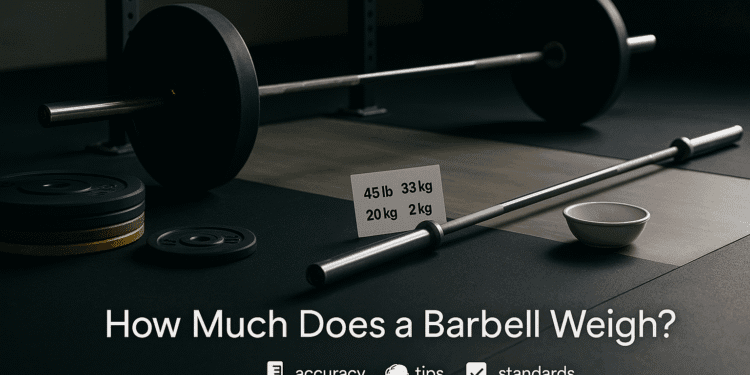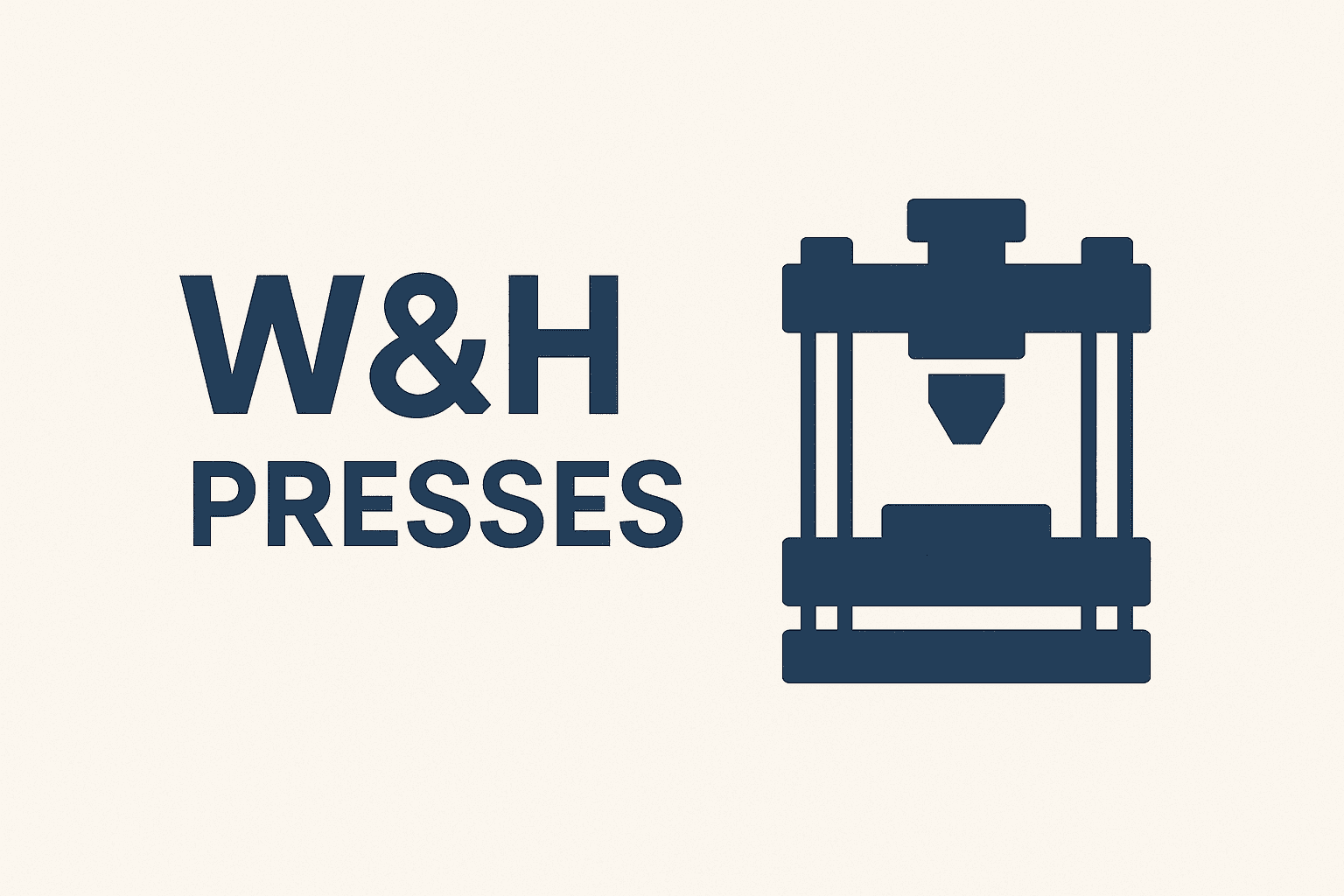How Much Does a Barbell Weigh
If you’ve ever stepped into a gym or watched someone crush a personal record on social media, you’ve probably seen a barbell in action. But here’s a question that trips up more people than you’d think: how much does a barbell actually weigh? Whether you’re a beginner trying to calculate your total lift or a seasoned lifter shopping for home gym equipment, knowing the weight of your barbell is absolutely essential. Let’s dive deep into the world of barbells and uncover everything you need to know about their weights.
Understanding Barbell Basics
What Is a Barbell?
A barbell is a long metal bar used in strength training and weightlifting exercises. It’s designed to hold weight plates on both ends, allowing you to perform compound movements like squats, deadlifts, bench presses, and more. The beauty of a barbell lies in its versatility—it’s the backbone of most strength training programs and has been helping people build muscle and strength for decades.
Think of a barbell as the Swiss Army knife of the fitness world. It’s simple in design but incredibly effective for building functional strength across multiple muscle groups simultaneously.
Why Barbell Weight Matters
You might be wondering, “Does the weight of the bar itself really matter that much?” Absolutely! When you’re tracking your progress and recording your lifts, you need to include the barbell’s weight in your total calculation. If you’re benching what you think is 135 pounds but you’re not counting the 45-pound bar, you’re actually lifting 180 pounds. That’s a significant difference!
Understanding barbell weight also helps you choose the right equipment for your fitness level and training goals. A beginner might start with a lighter training bar, while an experienced powerlifter needs a stiffer, heavier bar that can handle massive loads.
Standard Barbell Weights
Olympic Barbell Weight
The Olympic barbell is the gold standard in weightlifting gyms worldwide. This is the bar you’ll see in CrossFit boxes, commercial gyms, and Olympic weightlifting competitions. A men’s Olympic barbell weighs exactly 20 kilograms or approximately 45 pounds. It measures 7 feet (about 2.2 meters) in length with a 2-inch diameter sleeve that rotates to accommodate the weight plates.
These barbells are engineered with precision. They have specific whip characteristics that allow the bar to flex slightly during heavy lifts like cleans and snatches. The rotating sleeves reduce stress on your wrists during explosive movements, making them ideal for Olympic-style lifting.
Standard Barbell Weight
Now, here’s where things get a bit confusing. A “standard” barbell isn’t the same as an Olympic barbell. Standard barbells are typically found in budget home gyms and older fitness facilities. They usually weigh between 15 to 25 pounds and are shorter than Olympic bars, measuring around 5 to 6 feet in length.
Standard barbells have 1-inch diameter sleeves that don’t rotate, and they’re generally not built to handle as much weight as Olympic barbells. They’re perfectly fine for beginners or light training, but if you’re serious about strength training, you’ll eventually want to upgrade to an Olympic bar.
Women’s Olympic Barbell Weight
Women’s Olympic barbells are specifically designed with smaller hands and different body mechanics in mind. A women’s Olympic barbell weighs 15 kilograms or approximately 33 pounds. It’s also shorter than the men’s version, measuring about 6.5 feet in length, with a slightly smaller diameter shaft (25mm compared to the men’s 28mm).
Don’t let the lighter weight fool you—these bars are still built to Olympic standards and can handle serious weight. Many female lifters prefer these bars because the thinner shaft diameter provides a better grip and feels more comfortable during lifts.
Different Types of Barbells and Their Weights
Powerlifting Barbells
Powerlifting barbells are built like tanks. They’re designed specifically for the three powerlifting competition lifts: squat, bench press, and deadlift. These bars typically weigh 20 kilograms (45 pounds), just like Olympic barbells, but they have some key differences.
Powerlifting bars have less whip than Olympic bars, meaning they’re stiffer and don’t flex as much. They also feature more aggressive knurling (the rough texture on the bar) to help you maintain a secure grip during maximum effort lifts. The center knurling helps keep the bar in place during heavy back squats.
Deadlift Barbells
Deadlift bars are specialized pieces of equipment designed to maximize your pulling performance. They typically weigh 20 kilograms (45 pounds), but they’re longer and thinner than standard Olympic bars. This design creates more whip, which can help you break the weight off the floor during heavy deadlifts.
The increased length means the plates sit further from the center, and the bar flexes more before the plates leave the ground. This can give you a mechanical advantage, which is why deadlift bars are often used in competitions but might feel different if you’re used to a standard Olympic bar.
EZ Curl Bars
EZ curl bars are those zigzagged bars you see people using for bicep curls and tricep extensions. They’re much lighter than Olympic barbells, typically weighing between 10 to 20 pounds depending on the model and length. The angled grips reduce stress on your wrists and elbows during arm exercises, making them more comfortable for isolation movements.
These bars are perfect for targeting specific muscle groups without the bulk and weight of a full Olympic barbell. They’re a staple in any well-equipped gym and are excellent for finishing movements after your main compound lifts.
Trap Bars (Hex Bars)
Trap bars, also called hex bars because of their hexagonal shape, are fantastic for deadlifts and farmer’s walks. Most trap bars weigh between 45 to 75 pounds, though the weight can vary significantly based on the design and construction. Some heavy-duty models with thick steel can exceed 80 pounds.
The trap bar’s unique design allows you to stand inside the frame rather than behind the bar, which changes your body position and can reduce stress on your lower back. This makes them an excellent option for people learning to deadlift or those with lower back concerns.
Swiss Bars and Football Bars
Swiss bars, sometimes called football bars or multi-grip bars, feature multiple neutral grip handles. They typically weigh between 35 to 45 pounds. These bars are excellent for pressing movements when you want to reduce shoulder stress, and they’re popular in rehabilitation settings and with athletes who need joint-friendly training options.
Specialty Barbells and Their Unique Weights
Safety Squat Bars
Safety squat bars have padded shoulder supports and handles that extend forward. These bars typically weigh between 60 to 70 pounds—significantly heavier than standard Olympic barbells. The extra weight comes from the additional metal used in the camber and padding.
These bars are designed to make squatting more accessible for people with shoulder mobility issues, and they shift the weight distribution slightly forward, which changes the squat mechanics and can target your quads differently than a straight bar.
Cambered Bars
Cambered bars have a curved design that lowers the weight below the level of your hands. They typically weigh between 50 to 65 pounds. The cambered design increases the range of motion in exercises like squats and good mornings, providing a unique training stimulus that can help break through plateaus.
Training Bars for Beginners
Training bars are lightweight barbells designed for beginners, youth athletes, or technique work. These can weigh anywhere from 10 to 35 pounds. They’re perfect for learning proper movement patterns without the intimidation factor of a full 45-pound Olympic bar.
Many gyms now stock technique bars or even PVC pipes for teaching purposes. There’s no shame in starting with a lighter bar—proper form is far more important than the weight you’re lifting, especially when you’re first learning.
How to Identify Your Barbell Weight
Check the Manufacturer’s Specifications
The most reliable way to determine your barbell’s weight is to check the manufacturer’s specifications. Most quality barbells have branding or model information printed or engraved on the sleeve. You can look up this information online to find the exact weight.
Many modern barbells come with documentation or tags that list their specifications when new. If you’re buying a used barbell or inherited one with your gym membership, a quick internet search with the brand name and model number should give you the information you need.
Weigh It Yourself
When in doubt, weigh it yourself! If you have access to a scale that can handle the weight, this is the most accurate method. Bathroom scales typically max out around 300 pounds and might not give accurate readings for a 45-pound bar, so you might need to visit a shipping store or use a gym scale.
Some clever lifters have even used luggage scales by hanging the barbell from a secure point and lifting it. Whatever method you choose, weighing the bar directly eliminates all guesswork.
Look for Markings and Knurling Patterns
Experienced lifters can often identify barbells by their markings and knurling patterns. Olympic barbells have specific knurling marks that indicate proper hand placement for different lifts. Men’s bars have center knurling, while women’s bars typically don’t.
The distance between the knurling marks, the shaft diameter, and the overall length can all give you clues about what type of bar you’re dealing with. Once you’ve handled enough barbells, you’ll develop a sense for identifying them at a glance.
Why Knowing Your Barbell Weight Is Crucial
Knowing your barbell weight isn’t just about satisfying curiosity—it’s fundamental to tracking your progress accurately. When you’re following a structured training program, precise load measurements matter. If your program calls for 70% of your one-rep max and you’re miscalculating by 45 pounds, you’re either overtraining or undertraining significantly.
Accurate weight tracking also helps you set realistic goals and celebrate genuine progress. There’s a psychological aspect to hitting milestone numbers like a 225-pound bench press or a 315-pound squat. You want those victories to be legitimate, and that requires knowing exactly how much weight you’re moving.
Beyond personal tracking, if you ever plan to compete in powerlifting or Olympic weightlifting, you absolutely must know the weight of competition barbells. Competition lifts are calculated to the kilogram, and understanding equipment standards is part of being a prepared athlete.
Common Mistakes When Calculating Total Weight
One of the most common mistakes beginners make is forgetting to include the barbell weight in their total lift calculation. If you load two 45-pound plates on each side of an Olympic barbell, you’re not lifting 180 pounds—you’re lifting 225 pounds (45 for the bar plus 90 on each side).
Another frequent error is assuming all barbells in a gym weigh the same. That fancy-looking bar in the corner might be a specialty bar that weighs 65 pounds instead of 45. Always verify what you’re using, especially if you’re switching between different bars during a workout.
Some people also miscalculate when using mixed units. If you’re working with kilograms but thinking in pounds, or vice versa, you can end up with significant errors. A 20-kilogram Olympic bar is approximately 45 pounds, but if you forget to convert, you might think it’s only 20 pounds!
Conclusion
Understanding how much a barbell weighs is more than trivia—it’s essential knowledge for anyone serious about strength training. A standard Olympic barbell weighs 45 pounds (20 kilograms) for men and 33 pounds (15 kilograms) for women, but specialty bars can range anywhere from 10 pounds for training bars to 75 pounds or more for heavy-duty specialty equipment.
Whether you’re tracking your progress, shopping for home gym equipment, or just trying to accurately calculate your total lift, knowing your barbell weight gives you the foundation for honest assessment and steady improvement. Remember, the journey of strength training is about consistent progress over time, and accurate measurements are your roadmap to success.
So next time someone asks you how much you’re lifting, you can confidently include that barbell weight in your answer. Every pound counts, and understanding your equipment is part of becoming a knowledgeable, capable lifter. Now get out there and move some weight—accurately!
FAQs
Q1: Do all gym barbells weigh 45 pounds?
No, not all gym barbells weigh 45 pounds. While the standard Olympic barbell used in most commercial gyms weighs 45 pounds (20 kg), gyms often have various barbells including women’s bars (33 pounds), training bars (10-35 pounds), EZ curl bars (10-20 pounds), and specialty bars that can weigh anywhere from 35 to 75 pounds or more. Always check or ask gym staff if you’re unsure about a specific bar’s weight.
Q2: How can I tell if a barbell is 45 or 35 pounds?
The most reliable way is to weigh it on a scale, but you can also look for distinguishing features. A 45-pound Olympic barbell is 7 feet long with 2-inch diameter rotating sleeves. A 35-pound bar is typically shorter (5-6 feet) with 1-inch sleeves that don’t rotate. Olympic bars usually have manufacturer markings and specific knurling patterns, while lighter standard bars have simpler construction and may lack center knurling entirely.
Q3: Why are women’s barbells lighter than men’s?
Women’s Olympic barbells are lighter (33 pounds vs. 45 pounds) and have a smaller diameter shaft (25mm vs. 28mm) to accommodate generally smaller hand sizes and different biomechanics. This design allows female athletes to maintain proper grip and technique during Olympic lifts. The lighter weight and smaller diameter don’t limit the amount of weight that can be loaded on the bar—women’s bars are still built to Olympic standards and can handle heavy loads.
Q4: Should I count the barbell weight when recording my lifts?
Absolutely! You should always count the barbell weight when recording your lifts. The barbell is part of the total load you’re moving, and not including it gives you an inaccurate picture of your strength. When someone says they “squat 315,” that number includes the 45-pound bar plus 270 pounds of plates. Accurate record-keeping is essential for tracking progress and following properly designed training programs.
Q5: Can I use a lighter barbell if I’m a beginner?
Yes, using a lighter barbell as a beginner is not only acceptable but often recommended! Many gyms have 15-pound technique bars or 35-pound training bars specifically for beginners to learn proper form. There’s no requirement to start with a 45-pound Olympic bar if you’re not ready. Focus on mastering the movement patterns with lighter weight first, then progressively work your way up to a standard Olympic barbell as your strength and confidence improve.
Please don’t forget to leave a review.









